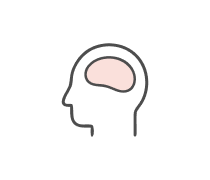Chapter 7: Forgetting (Grivas)
- APA
- IB Psychology SL/HL
2.
You may optionally provide this to label your report, leaderboard, or certificate.
×
Thank you for your feedback!
















